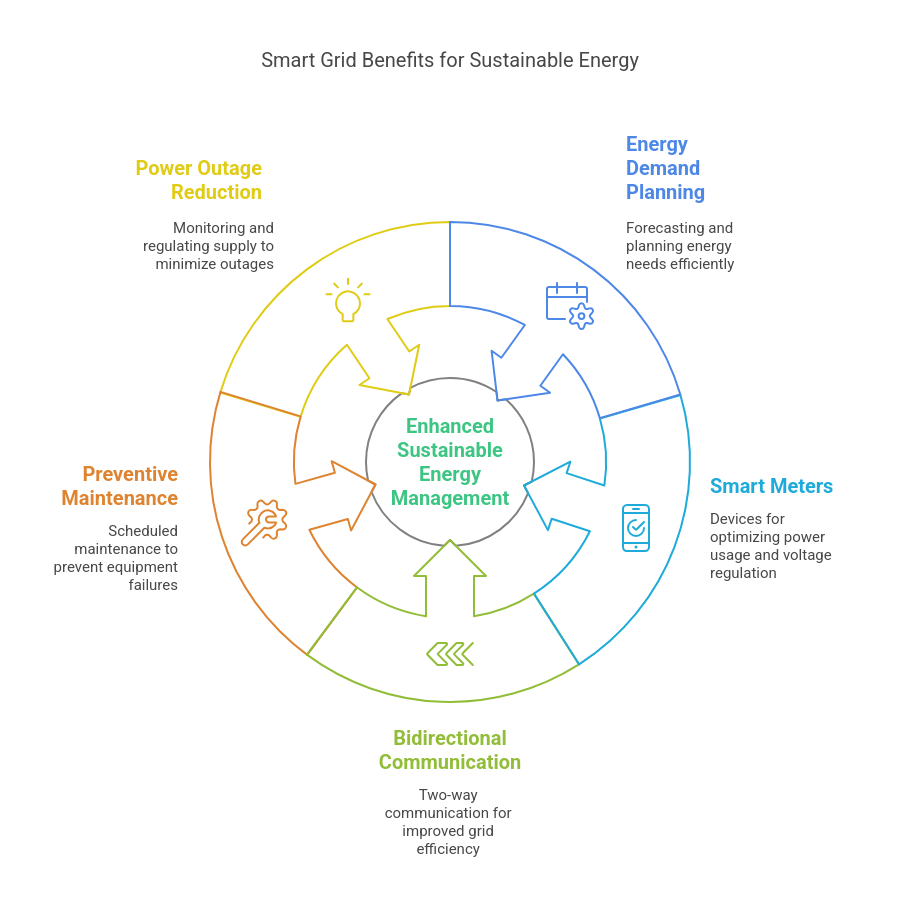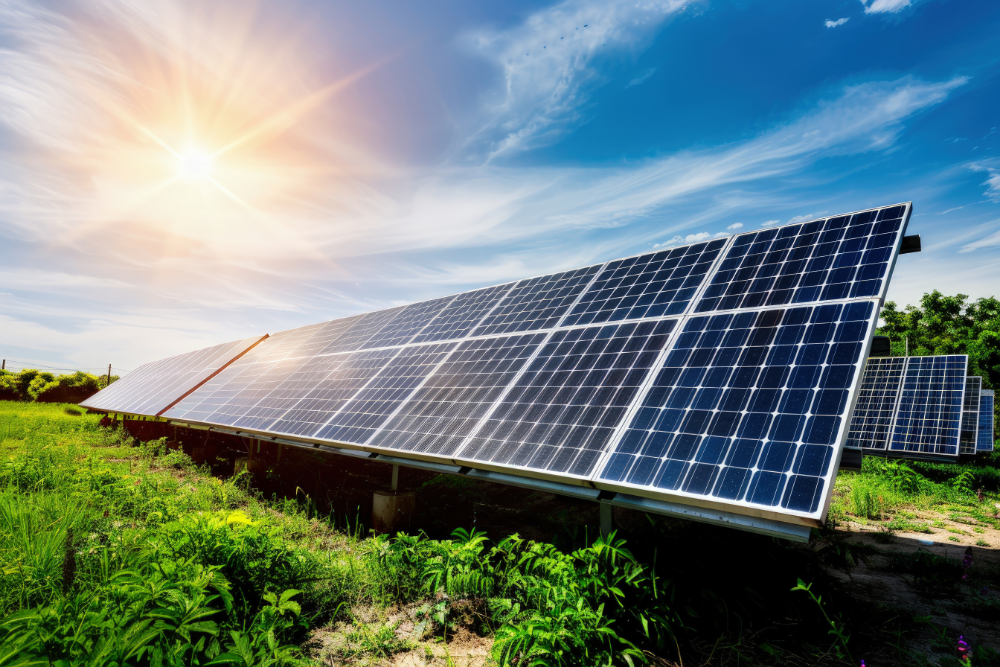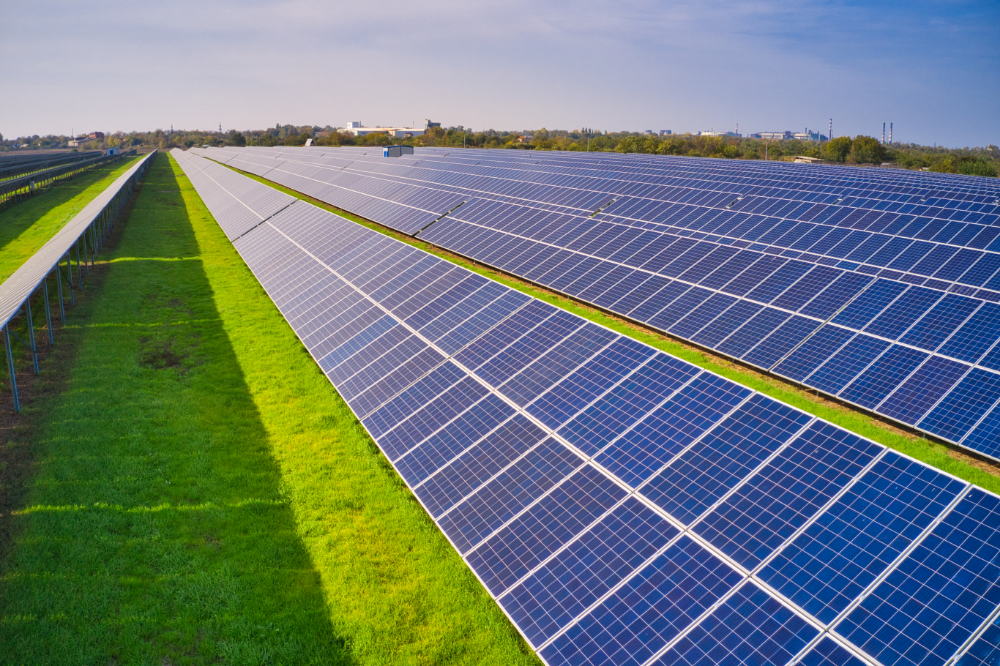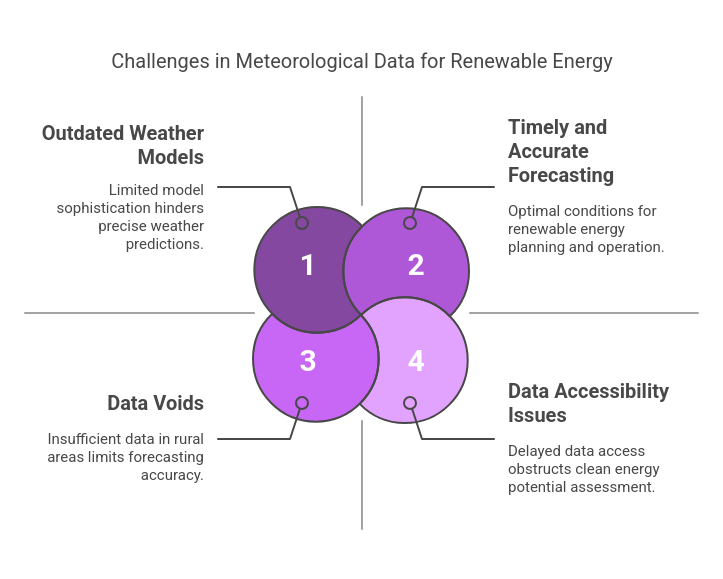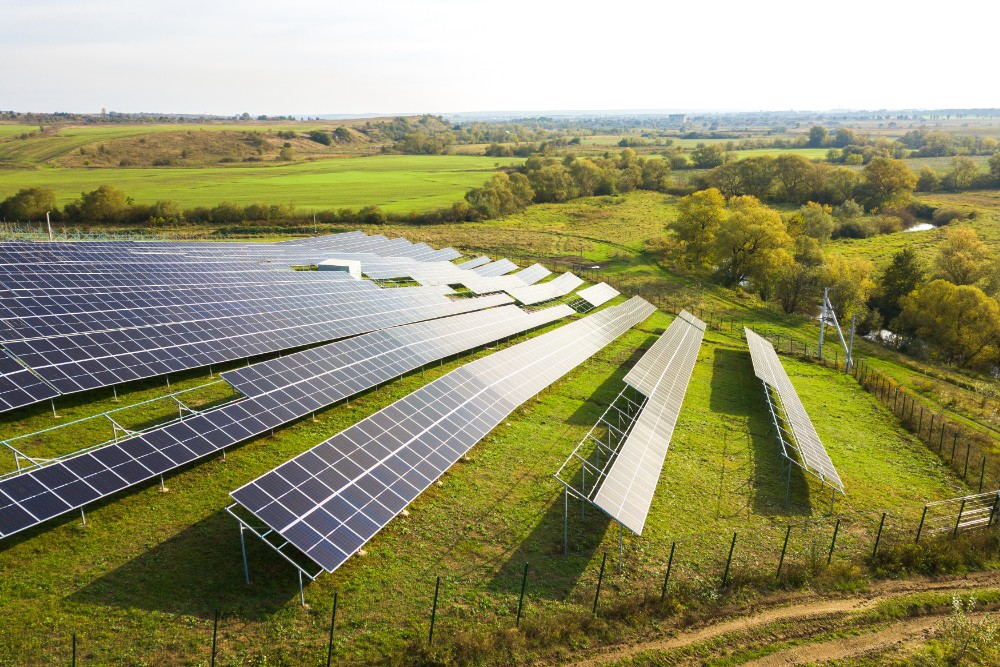Introduction: AI – A Game-Changer in Modern Grid Management
India’s power infrastructure is changing quickly because of two things: the need for energy to be reliable and sustainable. Artificial Intelligence (AI) is proving to be a revolutionary force in this change, especially when it comes to managing grid operations. Adding AI to smart grid systems is changing how energy is made, sent, and used. The technology is transforming the way modern utilities deal with operational problems, from predictive maintenance for power grids to AI-based energy storage for peak shaving, all contributing to AI grid efficiency.
Across the power sector, companies and innovators alike are recognising how important AI will be in making grids smarter and more efficient.
This blog talks about how important AI is for making the grid more efficient and managing peak demand, which are two important parts of a strong and future-proof electricity system.
What Is Grid Efficiency and Peak Load?
Before we talk about AI-powered innovations, let’s first talk about what grid efficiency and peak load mean in the context of electricity distribution. Grid efficiency is how well an electricity power grid can deliver power while wasting the least amount of energy in generation, transmission, and distribution. A grid that works well lets the most power flow, wastes the least amount of energy, and costs the least to run.
Peak load, on the other hand, is the highest level of electrical power consumption that can be measured in a certain amount of time. Utilities need to have adequate infrastructure to handle these peaks, which means they have to spend money on expensive backup power sources that they don’t use most of the time. That’s why it’s crucial to keep this peak under control.
If you don’t manage and control things correctly, peak loads can create blackouts, stress on equipment, and high energy costs. This is where AI in smart grid technology is becoming quite useful.
How AI Enhances Grid Efficiency
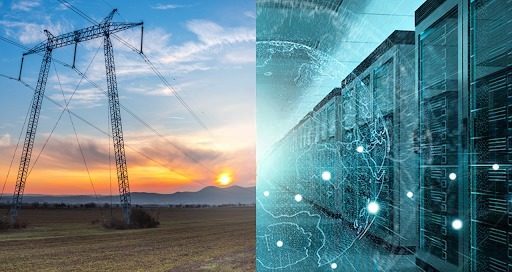
AI is no longer just a theoretical addition; it’s now making grid operations better in India and around the world. AI helps operators make faster, smarter decisions to keep the grid stable and running well by looking at a lot of data in real time.
Real-Time Data Analysis and Monitoring
AI-enabled systems can look at data from smart meters, sensors, and IoT devices to find patterns in how energy flows across the grid. Real-time grid monitoring AI algorithms assist the systems to keep an eye on the grid in real time, finding problems and making sure that power is delivered between places in the best way. The nitty-gritty information cuts down on losses and makes delivery more accurate.
Automated Fault Detection and Predictive Maintenance
Unexpected equipment failure is one of the main issues with managing the grid. With predictive maintenance smart grid capabilities, AI can foresee equipment wear and tear based on historical and sensor data. This lets utilities execute repairs on schedule, which keeps costs down and downtime to a minimum.
Also, predictive maintenance for power grids makes them safer, cuts down on the cost of human inspections, and extends the life of important infrastructure. India really needs this because many places still rely on antiquated power equipment.
Smart Load Balancing with Machine Learning
AI makes it possible to dynamically change the power supply based on needs by using load-balancing machine learning models. These kinds of models keep an eye on changes and change how energy is spread out as a result. What happened? The grid works better because there is less overloading and underutilization of its infrastructure.
Moreover, demand forecasting and load balancing AI tools provide actionable intelligence that allows grid managers to fine-tune operations in real time. Rerouting power or adding renewable energy sources makes the whole process more flexible and responsive.
AI’s Role in Peak Load Reduction
AI not only makes ordinary tasks easier, but it also plays a big part in managing the times when people use the most electricity.
Predicting Peak Demand Exactly
The first step to successfully controlling peak loads is to make realistic projections about demand. AI systems employ huge amounts of data, such weather forecasts, user patterns, and historical trends, to predict when and where demand will surge.
These AI demand response systems let utilities plan ahead, making sure that enough power is produced without putting too much stress on the grid. In big cities like Delhi or Mumbai, where it gets really hot and people use a lot of air conditioning in the summer, this kind of prediction is important to avoid brownouts.
Energy storage and peak shaving powered by AI
During busy times, the energy storage systems are very important for buffering the supply. AI takes this to the next level by optimising the cycles of charging and discharging batteries. This is called “AI-driven energy storage peak shaving.”
This model saves extra energy made during off-peak hours and releases it when demand is high. AI makes sure that storage and release happen at the best moments for both cost and effect. In the end, the load curve is more even, the generators are less stressed, and a lot of money is saved.
Automating Demand-Side Management
AI makes it possible to automatically transfer loads by controlling smart appliances, electric vehicle (EV) charging stations, and HVAC systems. For example, at busy times, AI can turn off electricity to less important loads or tell people to wait to do things that use a lot of power. This kind of AI demand response system helps smooth out demand peaks without making the system less reliable or comfortable for users.
Future Outlook and Industry Applications
The potential of AI grid efficiency for managing grids is just starting to show. As India moves toward a smarter, cleaner energy system, the use of AI in smart grid infrastructure will grow. Let’s look at some new ways to use this:

Deep Reinforcement Learning for Controlling the Grid
Researchers are trying out artificial intelligence techniques like deep reinforcement learning grid control to manage complex grid layouts with many variables. These algorithms get better with each run and keep optimizing energy flows to make them more reliable and resilient.
Combining AI with renewable energy sources
India has big plans for solar and wind energy, but it’s hard to balance them on the grid because they don’t always work. AI can predict how much power will be generated, deal with changes in demand, and keep voltage stable. This makes grids that are mostly powered by renewables more reliable.
Smart City Grids and Distributed Energy Resources (DERs)
AI will be very important for running decentralized power systems in smart cities. Real-time grid monitoring AI keeps supply and demand in sync in real time by balancing local generation with community-level consumption. This is possible because rooftop solar, microgrids, and electric vehicles are becoming more common.
Policy Support and Collaborative Ecosystems
AI will be used more in power networks if there are public-private collaborations and forward-thinking policies. For broad success, data-sharing platforms, standardization, and innovation across industries will be very important.
With expertise in power systems, renewable energy, and smart grid technologies, leading EPC firms in India, such as Hartek Group, are well-positioned to drive the AI revolution in the energy sector, combining engineering excellence with intelligent digital technologies to help build tomorrow’s energy infrastructure.
Conclusion: Using AI to Make the Grid Smarter
As India moves toward energy security and sustainability, AI grid efficiency will be very important. AI helps power companies deal with modern problems with accuracy and vision by enhancing grid efficiency with predictive modeling and load balancing, and by employing smart forecasting and storage to reduce peak loads.
Adding AI to the grid isn’t about making systems smarter; it’s about making the grid strong, dependable, and ready for the problems that may come up in the future. The utilities that use AI to drive innovation will lead the road to a better and fairer future for everyone in terms of energy.
FAQ’s:-
1. What is AI Grid Efficiency?
AI Grid Efficiency refers to the use of artificial intelligence to optimize energy production, distribution, and consumption within modern power grids.
2. How does AI improve grid efficiency?
AI enhances grid efficiency through real-time monitoring, predictive maintenance, and automated load balancing, reducing energy loss and improving reliability.
3. How can AI help in peak load reduction?
AI helps reduce peak load by forecasting demand, optimizing energy storage (peak shaving), and managing demand-side resources like EVs and smart appliances.
4. Why is AI Grid Efficiency important in India?
With increasing energy demands and infrastructure challenges, AI Grid Efficiency supports sustainable growth, better resource use, and improved service delivery.
5. What role does AI play in integrating renewable energy?
AI predicts renewable generation patterns and balances variable inputs to stabilize voltage and ensure consistent supply in solar- and wind-powered grids.



